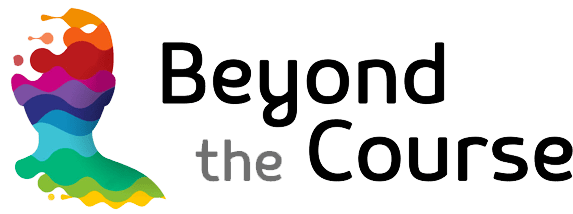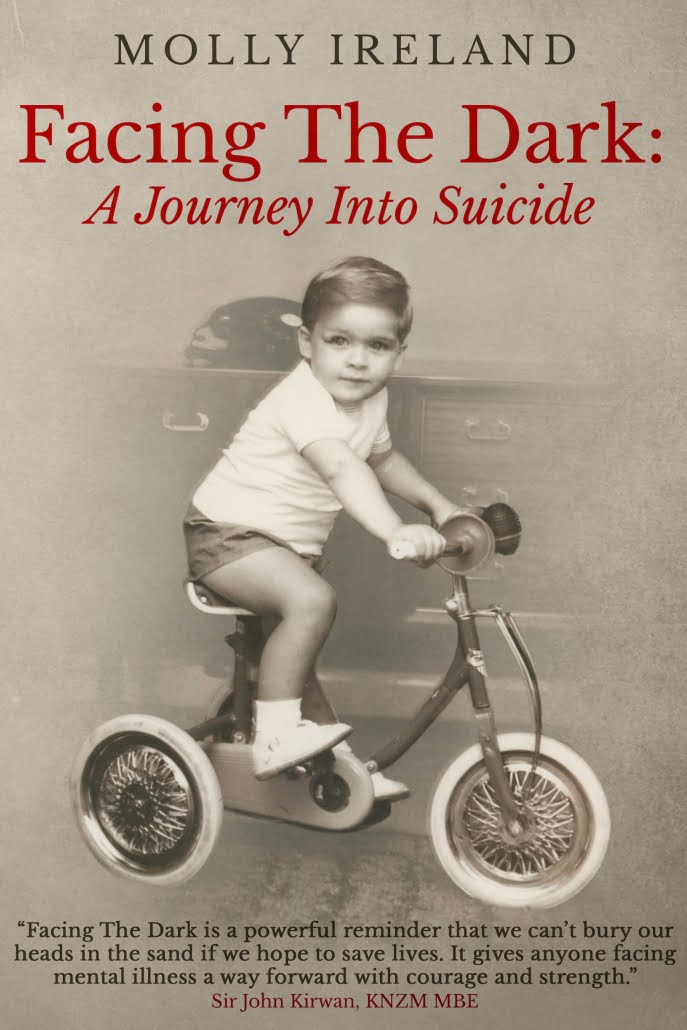Do You Speak Body Language?
It didn’t make sense.
A week ago Tayla’s supervisor seemed positive about her proposal. Sure, he hadn’t made much eye contact and looked distracted. But she’d just put that down to him being busy because he’d used the words “the project will probably get the go-ahead.” So when he turned it down, Tayla was shocked.
If she’d known more about the way we use our bodies to communicate, she’d have realised that her supervisor was actually “saying:” I’m not “sold” on the idea. Experiences, such as Tayla’s, are common today, especially as we rely heavily on digital forms of communication at the expense of physical and face-to-face conversations.
Words are powerful but good communication is a whole-body affair.
When we listen to the whole message a person is saying, beyond his or her words, we realise that people actually communicate more honestly with their bodies. So, the next time you’re talking to someone, stop and notice their body language. Are the person’s arms crossed? Does he keep looking at the ground or out a window? Does she have less to say than usual? Is he fidgetting or looking uncomfortable? Often we prioritise words over body talk, especially if we aren’t at peace with ourselves or comfortable with the subject of conversation.
Words are powerful, but they can “lie,” or at least distort the truth.
Unfortunately, too often, we see communication as a one-way street. I talk you listen. I post you respond. The art of conversation is lost. We tolerate higher levels of impatience and rudeness because most of the time we don’t communicate in person and can’t see the direct result of our interaction. When we do have face-to-face conversations, we rush them or allow our feelings to bubble to the surface. But allowing our feelings to explode through our words is heavily frowned upon, especially in business, so we will try to contain them, but they come through, nevertheless, loud and clear if we know how to “listen.”
Difficult conversations are postponed, avoided or, worse, undertaken electronically where misunderstanding thrives and relationships suffer.
But, when you learn to decode microexpressions and subtle changes in body stance and voice, including paying attention to brief pauses and tiny cracks, you:
- become a better listener and more attuned communicator;
- make better decisions based on more accurate feedback;
- strengthen your influence and leadership abilities.
Not only do we need to tune-into other people’s gestures, posture, and facial mircroexpressions, but we also need to become more aware and more deliberate with our own. Because when we’re able to “read” physical signs and make decisions about how we communicate with our own bodies, we have an enormous advantage: the ability to “read” people more accurately.
Adjusting your body language to appear more positive, engaging and approachable gives you greater influence. Humanintell.com provides information on the seven universal human expressions and how to decode them.
I will be teaching short courses for using microexpressions for Human Resources’ beginning early next year. Get in touch if you’d like to join me.






